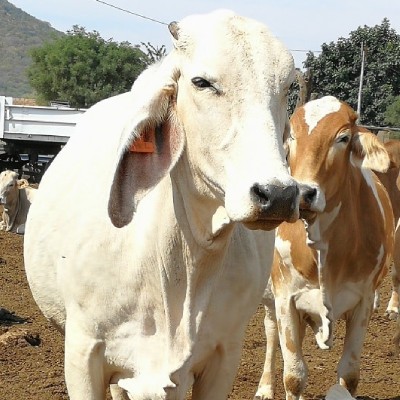The NSPCA is opposed to any form of slaughter that does not kill an animal instantaneously or render an animal unconscious and insensible to pain through pre-stunning.
Pre-stunning procedures differ in respect of the species concerned and may be electrical, gaseous, or mechanical. The NSPCA advocates for the humane treatment of all animals at every stage of their life, from birth to death.
While the SPCA acknowledges and respects the traditions, cultures and religions of South Africa, there is no acceptable reason for handling or slaughtering an animal in an inhumane manner.
The effective pre-stunning of every animal prior to slaughter minimises distress and pain to the animal. Events preceding slaughter should be well planned, with responsible, highly skilled people nominated for specific tasks. All handling prior to slaughter should promote the animal’s well-being. Humane slaughter involves a two-stage process. Animals are first stunned with a species appropriate method such as a captive bolt device in the case of cattle. Sheep and goats, poultry, rabbits, and pigs are usually electrically stunned in an abattoir.
This renders them unconscious and insensible to pain. The second step to the process is a complete bleed-out while the animal remains unconscious. To achieve this, the bleeding incision must be made swiftly and completely, severing all arteries and veins. Scientific research shows that there can be a lengthy time gap between throat-cutting and loss of brain responsiveness (more than one minute), especially for large animals such as cattle.
We investigate and institute stringent measures to reduce the cruel practices animals endure at abattoirs throughout the country. Where non-compliance is found, to take the relevant action which can include the laying of criminal charges.

Further Reading:
https://www.hsa.org.uk/bleeding-and-pithing/bleeding
Becerril-Herrera, M., et al. (2009). CO2 stunning may compromise swine welfare compared with electrical stunning. Meat Science, 81, 233-237.
Blackman, N., Cheetham, K., and Blackmore, D.K. (1986). Differences in blood supply to the cerebral cortex between sheep and calves. Research in Veterinary Science. 40:252-254.
Blackmore, D.K. (1984). Differences in behaviour between sheep and cattle during slaughter. Research in Veterinary Science. 37:223-226

